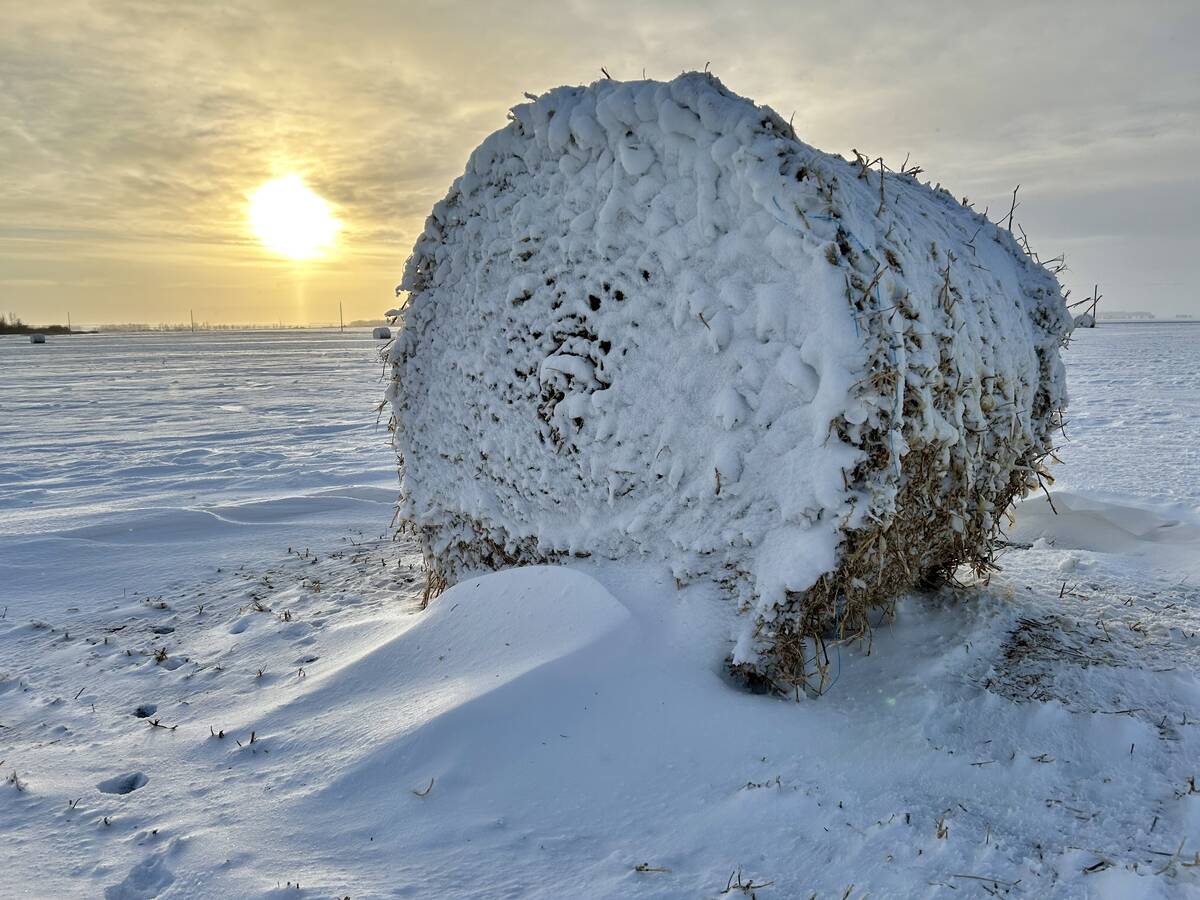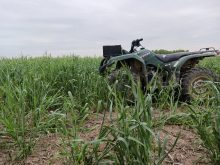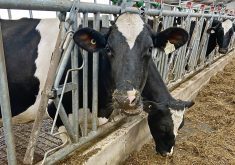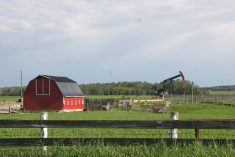Alberta Agriculture’s irrigation demo farm was developed to provides a site to test new technology for irrigators. It has pivots already in place so researchers can’t study new pivot technology, but they have plenty of questions to answer.
Alberta Agriculture engineer Ted Harms is hoping for funds to test a system called low elevation precision application (LEPA). It uses drag socks that cut water losses to five per cent or even less by delivering water from a pivot to the crop at soil level. Harms’s proposed project is part of a push for efficiency in delivering water to crops that has increased water-use efficiency between the water diversion from the reservoir or river and the crop to over 80 per cent. Even greater water efficiency is part of Alberta’s Water for Life strategy, which aims to save 35 per cent of the water currently used for irrigation.
Read Also

Prairie winter snowfall forecast 2025-2026
How much snow should farmers in Alberta and elsewhere on the Canadian Prairies expect for the rest of December 2025 and into January-February 2026?
The drag sock system uses drop tubes that reach the ground and trail a length of soaker hose or a hose with emitters to distribute the water across the crop row. It takes more drop tubes and the crop has to be seeded in a circle so the drag socks can follow the rows. A drag sock system could cut water needs for row crops like beans, or it could cut the risk of plant disease, especially fusarium, by keeping canopy dry. In an alfalfa seed crop it could avoid cooling the canopy, which discourages leafcutter bees from pollinating and boost yields.
Dana Williams-Freeman, manager of Oliver Irrigation in Lethbridge, doesn’t believe the technology suits southern Alberta. “Drag socks are made for row crops in flat, even fields with a single soil type across the whole field,” he says. “In the States they have huge areas with one soil type. We don’t have that. There’s too much variation in our soils and our topography for those systems. And, any sort of emitter or soaker hose dragging on the soil will clog up.”
With or without his new funding, Harms will be busy. He is updating estimates of the water needs of crops so farmers can apply the right amount of water at the right time for each crop. Modern programs like AIMM, the Alberta Irrigation Management Model use weather records, soil type etc. to predict crop water needs. It’s a program many farmers find very useful and Harms has developed an application for it, but the most recent of the measurements behind it were taken in the early 1970s. Harms has used sophisticated instrumentation and computer programs to make new water use curves for potatoes and beans. This year he’ll track water use in canola.














